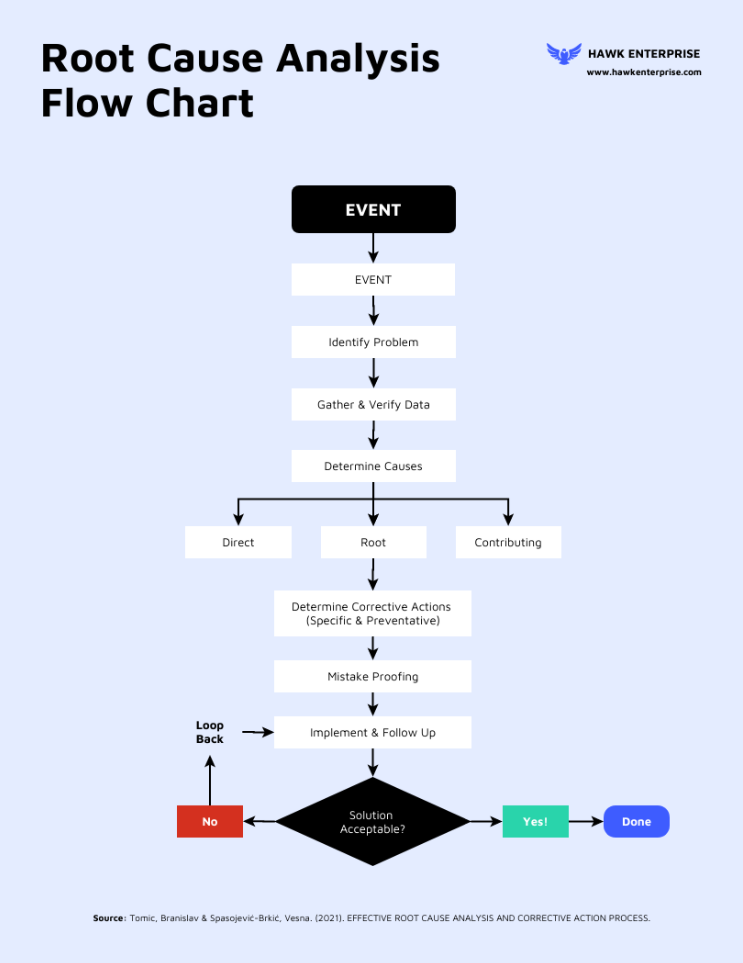Role-Playing Games (RPGs) are one of the most common types of games enjoyed around the world. Why? Well, there are a number of factors that not only make them enjoyable to play alone but also so they’re interesting to play with friends, whether it’s at home or outdoors.
In the writing of this article, I want to share tips on how using a process flowchart for RPG games can be beneficial. Flowcharts are very useful in developing a prototype game because they can be used as a reference by developers, writers, and scripters to get ideas regardless of where they come from.
A process flowchart can also be used to develop or map out the story in advance, which helps make the game more interesting because every event must have a reason and an outcome. This is just one of the ways in which the quality of an RPG can be improved. And here are 10 tips that we believe show how handy they can be.
Use flowcharts to help develop an idea
Developers, scripters, writers, and game designers can use flowcharts as a reference when they are stuck with their ideas or need to think of something new. Because of these simple reasons for creating process flowcharts, this chart becomes a very important tool when developing a prototype game.
Flowcharts should be used as a reference
Flowcharts also serve as Guides for each RPG Maker to develop a map or a place in the virtual world of the game. For example, if there is an NPC who wants to give the player “potions” or items, the process flowchart must include the place where this NPC must be to give potions to players.
Create a process flowchart template for each area of a game
Each area of the game should have its event flowchart so that there will not be any problems when running or developing an RPG. It will also help the team to review what should be done in each area of the game. It can also help to link the map up, knowing which areas must be accessed to reach other areas, and which areas they cannot reach.

Use a flowchart maker for each quest or event
Every Quest or Event must have a process flowchart so that it will be easy for developers, scripters, and writers to create puzzles and NPCs according to what is written in the flowchart. Making sure every action has an outcome, and what that outcome is dependant on choices made by the players.
Flowcharts should be updated regularly
Flowcharts must always be updated every time the developers, scripters, and writers need to write down their idea or inspiration so that it will become a part of the process flowchart and also serve as a guide in developing each RPG. You may need to use an online graph maker from Venngage to visualize data effectively and keep the updates efficient.
Make the flow chart example simple
Although it is not required to make a very detailed process flowchart, it must be able to help developers and writers solve problems or misunderstandings that might arise when developing or creating an RPG. The more detailed it is, then the easier it will be to create a map for the game. Overcomplicate things, and people get confused, and this can lead to bugs in the game.
Flowcharts must be consistent
Whatever is written in the flowchart will become a reference so that there will not be any problems when developing an RPG. Each section should also have its flowchart to make it easier to understand both for developers and writers, whether beginners or experienced. If it is not consistent throughout, you are going to have overlaps and this will cause issues. People may unlock quests by completing unintended actions, or rewards may be given when not intended.
Use a flow chart creator to write anywhere or anytime
There are no set rules for writing an RPG Maker process flowchart because it is free to write wherever you want, whether you’re at home, outdoors, or even during class in school! The only important thing here is that the ideas must be documented using understandable language so that others will easily understand what you’re trying to convey.
Flowcharts should be specific and detailed (and fun!)
For example, if the flowchart says that “a player needs a map to find an item”, then it must also include where this NPC is located who will give the map. Or maybe the random encounter enemy does not have an attack, so it must be written as “an enemy appears and attacks a player” instead.
A process flow diagram can help summarize the main parts of an RPG
Flowcharts serve as a guide to develop or create each area or quest in a virtual world that will eventually become the game. Flowcharts also serve as a reference to know the requirements that must be met in developing or creating an RPG.
Conclusion
With these 10 useful tips, it is hoped that you have learned something new today about how to use a flowchart for role-playing games! In this case, each section of the game must have its process flowchart so there will be no problems in the development of a virtual world.
Also, each quest or event must have its flowchart so that it will be easier for developers and writers to create puzzles and NPCs according to what is written in the flowchart. Whatever is written should be consistent with every event or quest that arises during the development of an RPG. The more detailed and specific the flowchart is, then it will be easier for developers and writers to create a map for the game.
For even more opinion pieces like this, click right HERE.